The name Muensel carries deep
meaning, symbolizing our core mission to bring light, understanding, and
support to individuals facing challenges in their everyday lives. In Dzongkha,
the word Muensel translates to brightening the
darkness or illuminating the unknown.
.jpg)
- Dorji Dema: IE Teacher (Team Leader)
- Kinzang Choden: IE Teacher (Pre-Testing Leader)
- Pelden Wangchuk: IE Teacher (Sub Leader)
- 4. Jamphel Kuendhen: Choego FabLab Student (Prototyping/Documentation Leader)5. Laxmi Prasad Dhakal: Choego FabLab Student (Presentation Leader)6. Jigme Wangchuk: JNEC (Prototyping Co-Leader)7. Koji Yamada: ADB Consultant (Sub Leader)
.MP.jpg)
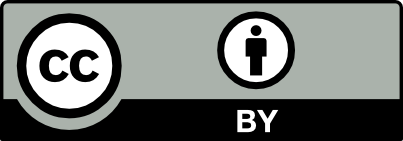
.jpg)
.jpg)
.jpg)
.jpg)
.jpg)
.jpg)
.jpg)
.jpg)
.jpeg)
.jpg)
.png)
.jpg)
.jpeg)
.jpg)
.jpg)
.jpg)
.jpg)
.jpg)
.jpg)
.jpg)
.jpg)
.jpg)
.jpg)
.jpg)
.jpg)
.jpg)
.png)
.png)
.png)
.jpg)
.png)
.jpg)
.jpg)
.png)
.png)
.png)
.png)
.png)
.jpg)
.png)
.jpg)
.jpg)
.jpg)
.jpg)
.jpg)
.jpg)
.jpg)
.jpg)
.png)
.png)
.jpg)
.jpg)
.jpg)
.jpg)
.jpg)
.jpg)
.jpg)
.jpg)
.jpg)
.jpg)
.jpg)
.jpg)
.jpg)
.jpg)
.jpg)
.jpg)
.jpg)
.jpg)
.jpg)
.jpg)
.jpg)
.jpg)
.jpg)
.jpg)
.jpg)
.jpg)
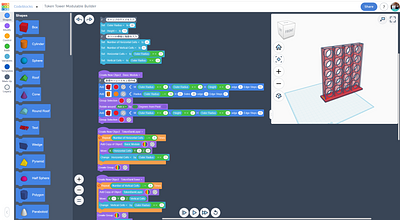
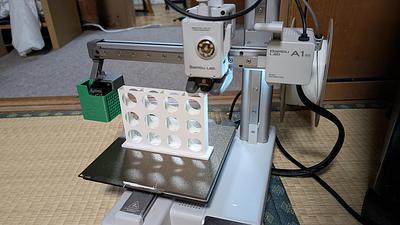
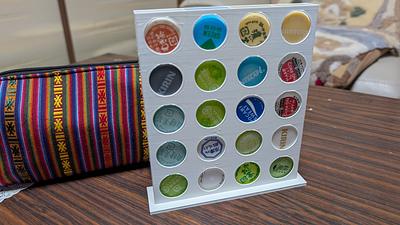
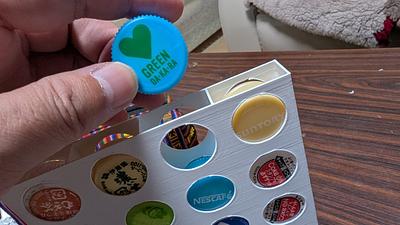
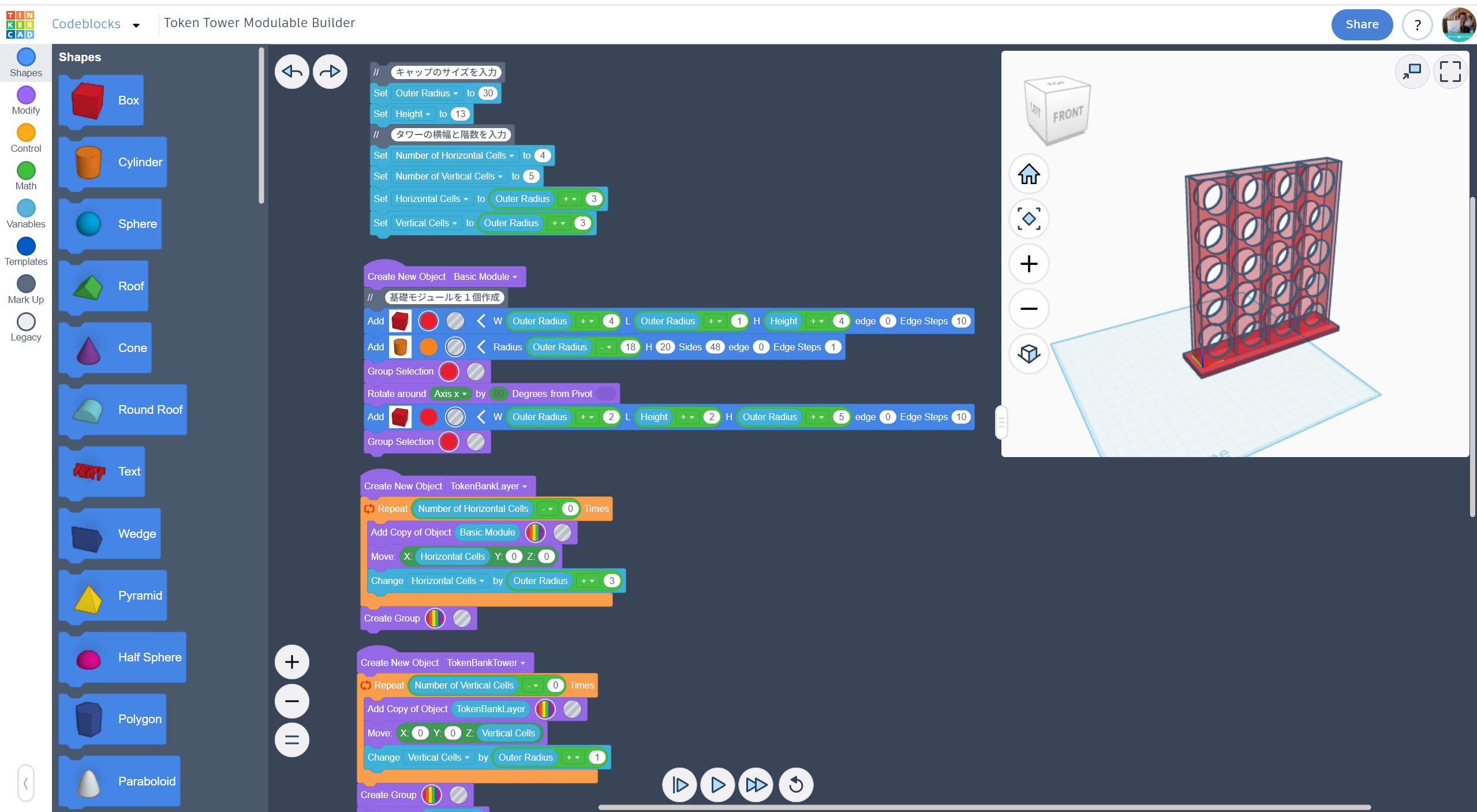
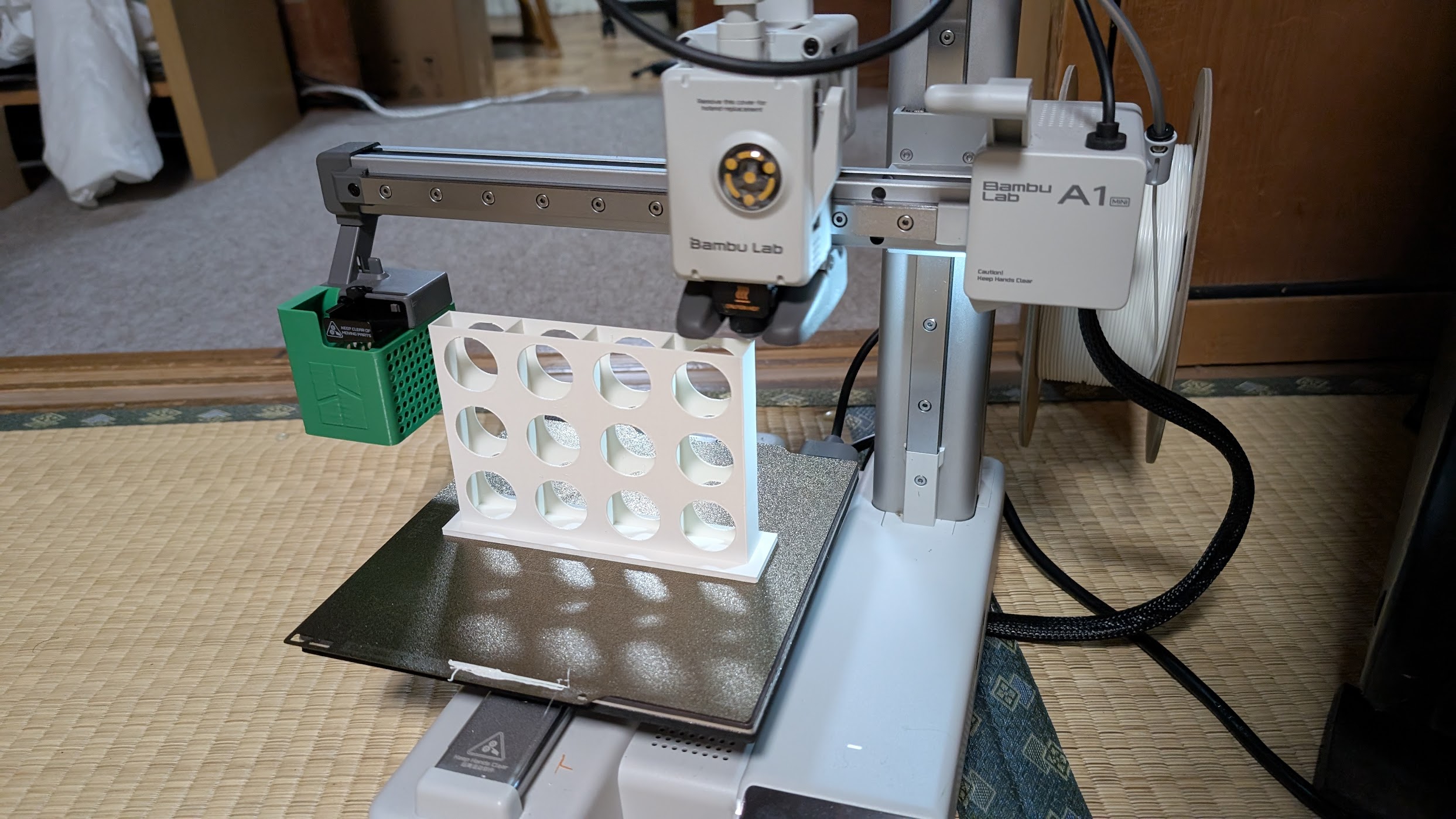
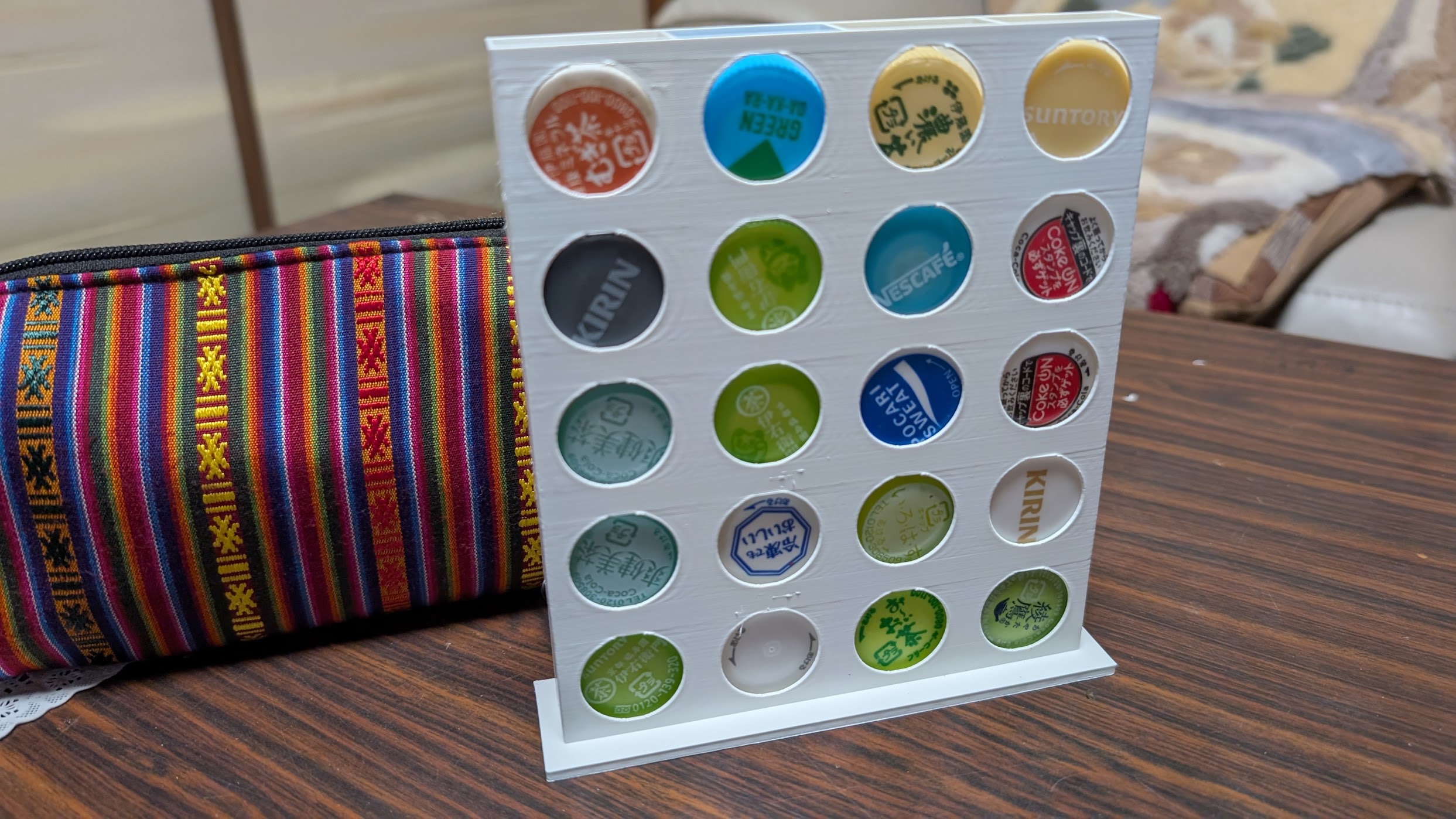
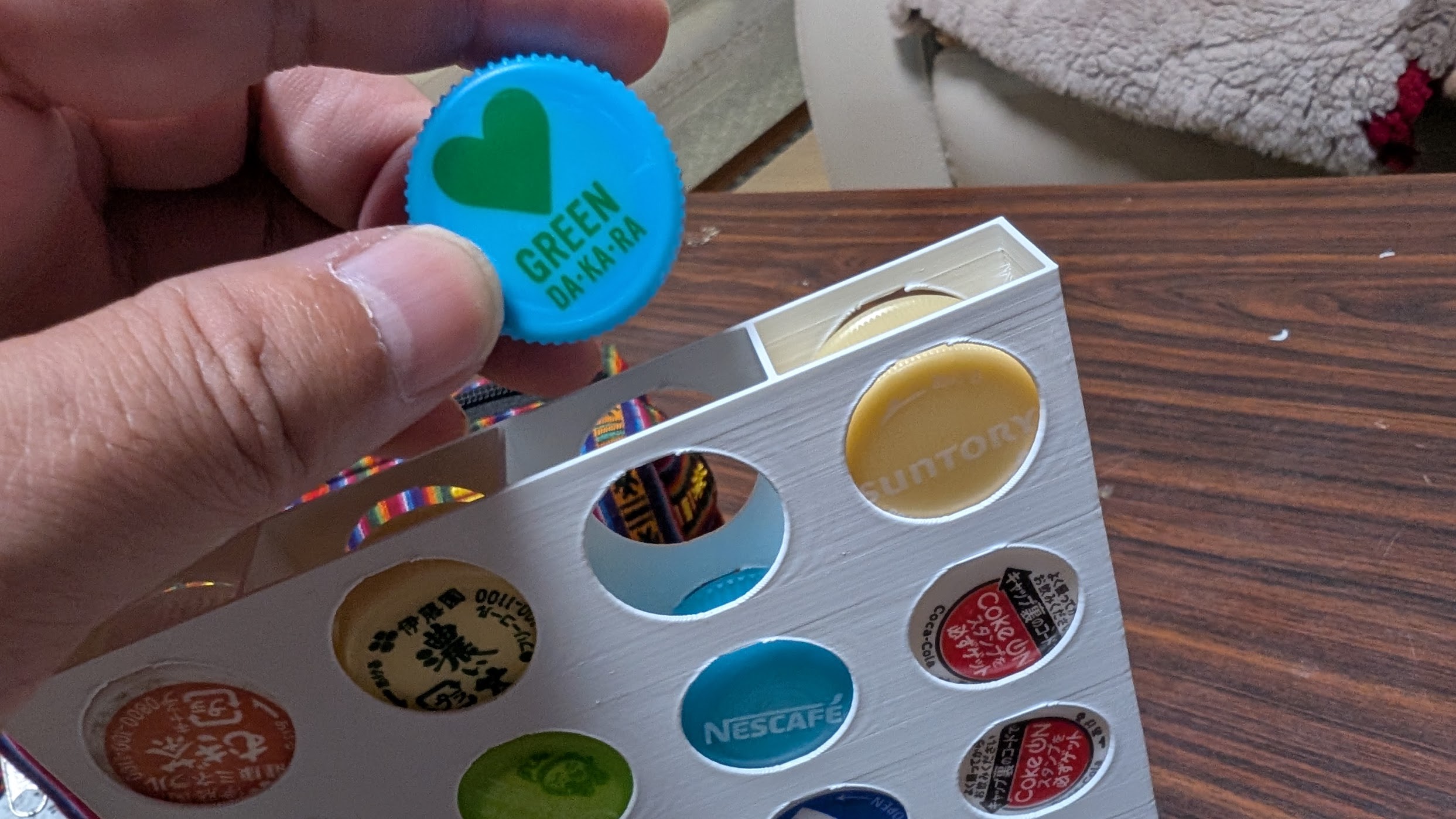

Comments